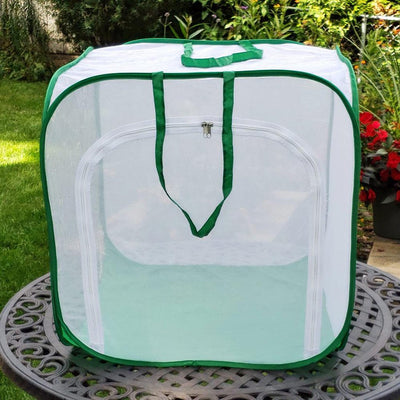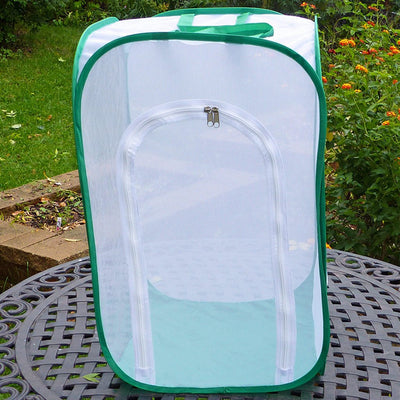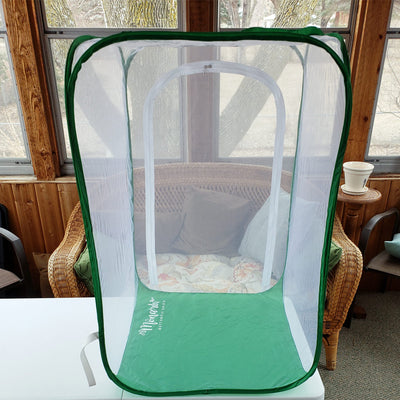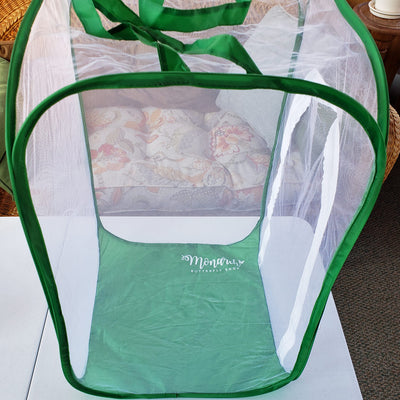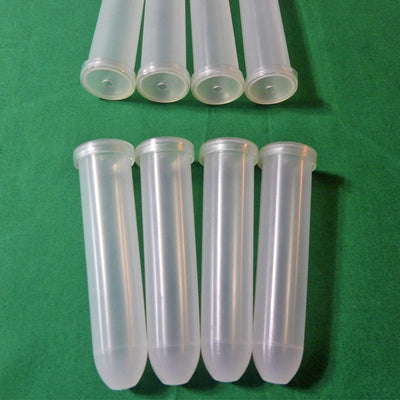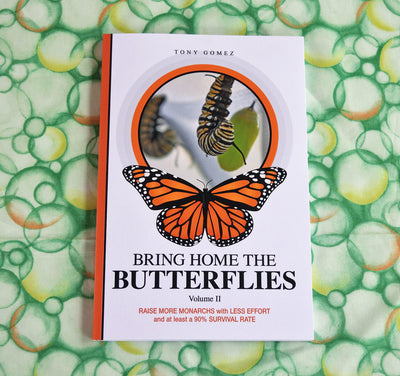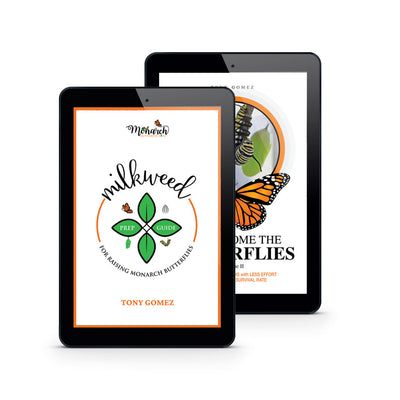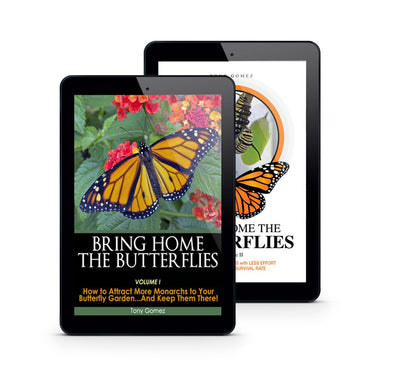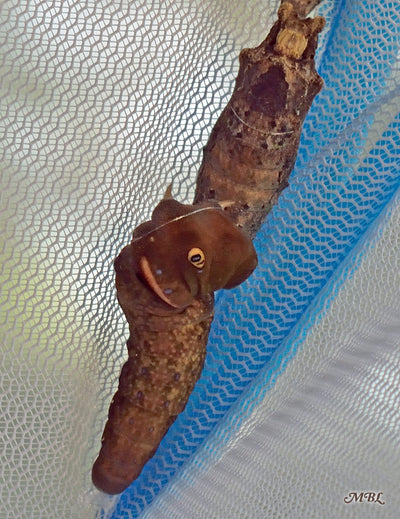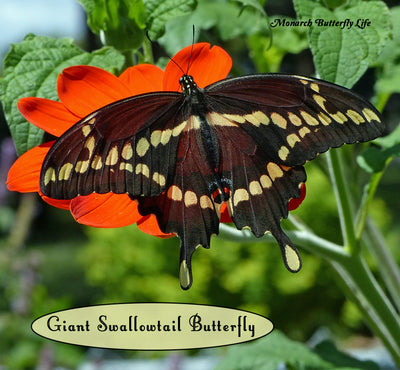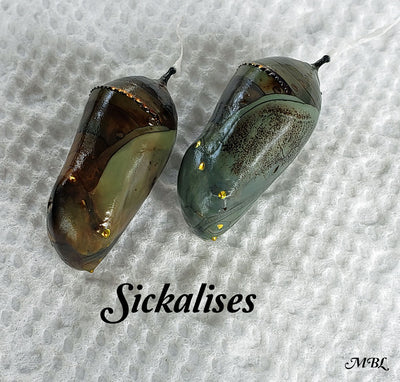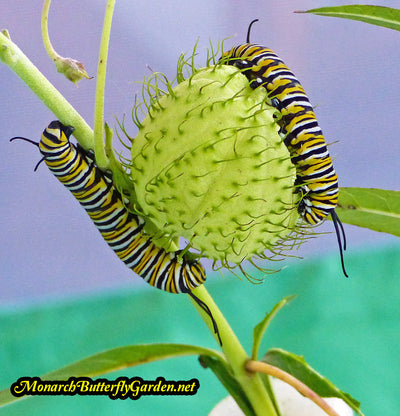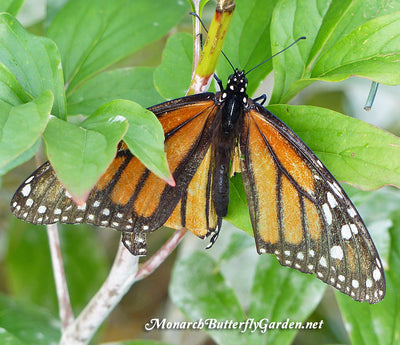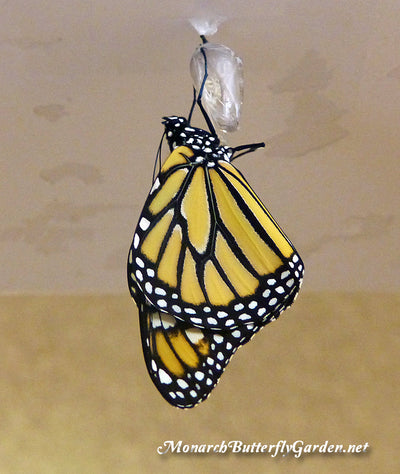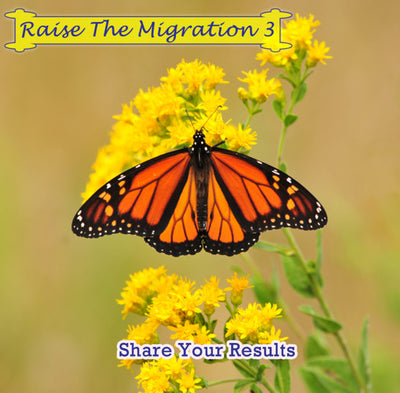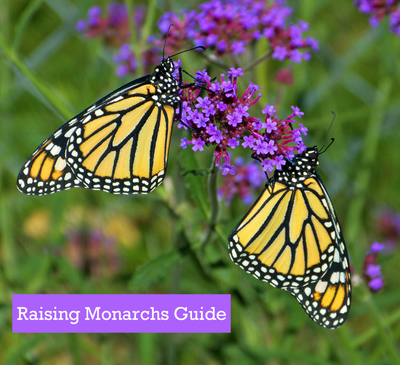Raising Butterflies Blog
How to Safely Release Monarch Butterflies for Fall’s Annual Monarch Migration 🍂

Give Life to your Butterfly Garden and Hope to Future Monarch Generations
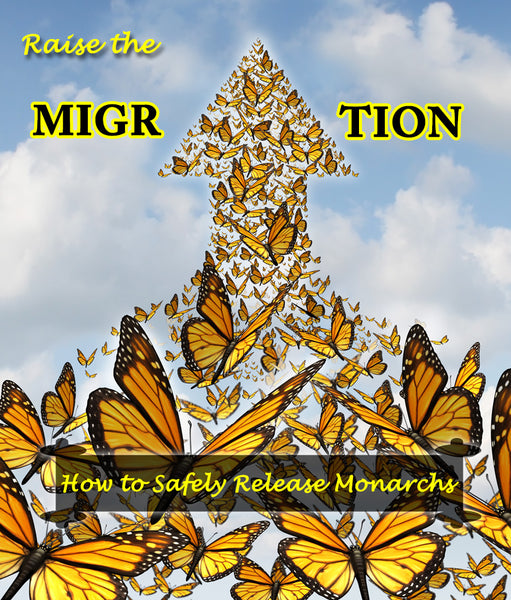
Releasing butterflies for the fall migration is one of the greatest joys of raising. Think about it, the monarchs you release will be making an incredible journey that could take them thousands of miles from your butterfly garden to wintering grounds in Mexico or coastal California. And without you, their journey would have likely ended before it began…
Before you say goodbye to your butterflies, I'm guessing you'd like to know whether you’re bidding adieu to Harry…or Helena? 🦋🧐
Click the following link for photos of female monarch vs male monarch: Sexing your Monarchs
If you’ve made it to this point and your butterflies look healthy, it’s time to give them back to nature so they can get started on the next monarch generation…unless the situation calls for a delay? 🤔
Delay Butterfly Release IF
- High temp is below 65° F (18° C) or 60° F (16° C) if sunny and calm. (50’s and ☀️ can still work for release if that’s your only option.)
- Rain (Light rain isn’t a problem for butterflies with day-old dry wings, but it’s not a good release option for first-day newborns.)
- Late hatching (If butterflies eclose too late to get 3 hours warming flight muscles in the sun, keep them overnight.)
- Storms in the forecast? If there’s at least 4 hours of good weather beforehand you can release them…otherwise, I would wait. If extreme weather (like a hurricane) is forecast within the next 24 hours, keep them safe until the🌪 passes. 24+ hours should provide them ample time to find shelter from the storm.
- Still not sure whether to release? Keeping them overnight won’t hurt them. In fact, their wings will be stronger on day 2, giving them a better chance to escape opportunistic predators.
They can easily hang from their mesh cage roof overnight. Don’t worry about feeding them unless you have to keep them a second night…
Feeding Adult Butterflies
If keeping butterflies more than 24 hours you can offer them:
- Fresh cut nectar flowers (the floral tube/rack set up works well for this)

- Orange, watermelon, or other fruit slices
- Place cotton balls/cotton pads soaked in gatorade, juicy juice, hummingbird nectar, honey water (9 parts water to 1 part honey) or sugar water (9 parts water to 1 part sugar) on the mesh cage roof so butterflies can feed hanging from inside
- Serve monarchs all food options at room temperature, as butterflies are sensitive to cold.
- Don’t worry if butterflies go on a hunger strike…we’ve had butterflies reject food for days and they were fine. They’ll eventually eat when hungry enough or after they are finally released.
- Fill an empty, needle-less syringe with nectar and let the butterfly sip from it, holding the syringe upside down so the nectar is coming out the top. The butterfly can hang from the top of the syringe and feed from the top opening as you push up nectar (good option for flightless butterflies.)
If you take them out of the cage to feed, be forewarned that they become strong fliers after a couple days. I have had to carefully chase a couple around our house with a butterfly net. They become surprisingly elusive with strong wings and a full stomach!
Monarchs can be kept indefinitely from the roof of their mesh cage. This is why it’s good to have an extra cage that’s just for butterflies in case there’s an unusual streak of bad weather or you choose to care for a flightless butterfly.Whenever possible, it’s best to release your healthy monarchs into the wild blue yonder…
Release Monarchs Tips and Tricks
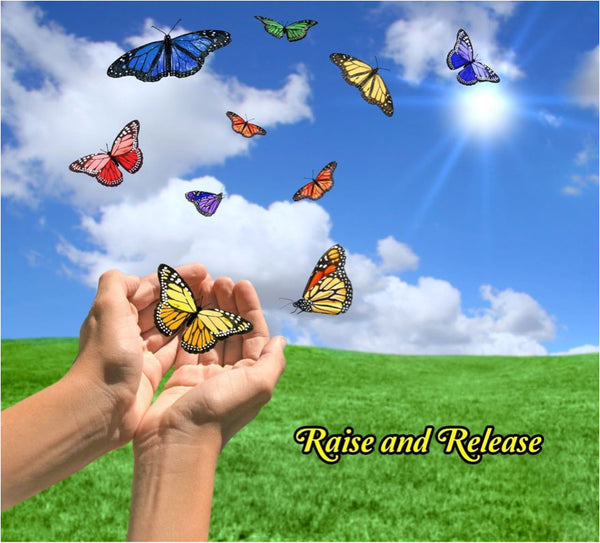
Releasing butterflies isn’t difficult, but there are a few steps you can take to insure they get safely acclimated to their new outdoor living quarters.
You’ve helped them make it this far, so don’t lose them now!
Before mesh habitats, I used this 6-step process for releasing butterflies. While it was effective, I have discovered a new release method that makes a huge difference in the energy level of butterflies when I release them. But, for those without mesh cages…
The Hard Way
1. Let your monarch’s wings dry before moving it- before your release it outside to fend for itself, make sure the butterfly wings are dry so it can fly away from potential predators or other territorial monarch butterflies. Minimum 3 hours dry time
Three hours is enough time for them to dry sufficiently, but should still allow you to move them without taking flight.
2. When transporting your monarch outside, move your finger toward the butterfly’s head so it can crawl on
3. Once your monarch has climbed aboard the finger express, bring your hand in toward your body…pull gently to fully remove butterfly feet from the chrysalis.
4. Cup your other hand over the butterfly so it doesn’t try to fly away.
4a. This is an alternative method of picking up the butterfly, and a more secure way of doing it so the butterfly can’t fly off prematurely:
5. Bring the butterfly outside so that it can warm its wings in the sunlight. Wait to release your butterfly if it’s raining, or if the forecast high temp is less than 60° fahrenheit. They can hang from the top of a butterfly-only mesh cage, or an indoor plant until the weather improves.
Whether releasing your monarch outside or holding it temporarily indoors, make sure its wings are hanging down so they finish drying properly.
6 . Here are some potential places to hang your new butterfly, that should keep it (somewhat) safe until it takes flight:

- a rope provides an easy surface for the caterpillar to attach its feet and is most likely free of any lurking predators
- small tree branches– just make sure there are no predators like spiders or ants in the immediate vicinity
- garden or house plants it can easily hang down from- again, check for predators
- Your new butterfly does not need to feed right away, so don’t worry about hanging it from a nectar flower. However…
- Migration generation butterflies need to stock up on nectar for the long journey, so include later summer and fall blooming nectar plants on your garden menu.
Keep in mind, pre-flight monarchs left outdoors are vulnerable to attacks from predators and territorial monarch males, so keep an eye on them if you use this release method. 👀
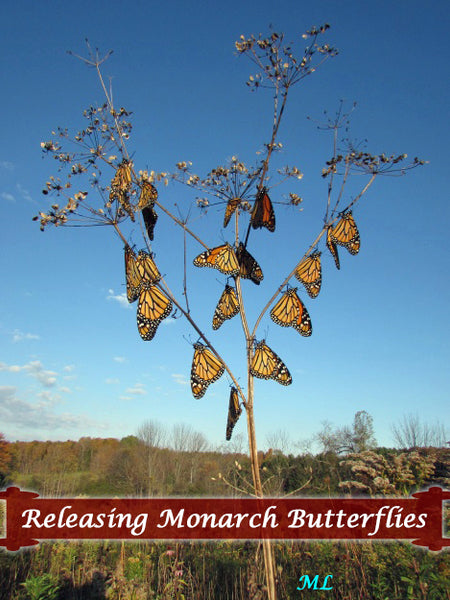
An Easier Way
This process is so simple, and the only reason I didn’t start doing this sooner is because I used to take a lot of photos of newly hatched monarchs. In fact, if I’m snapping photos for this blog, I’ll still use the old method with a watchful 👁.
However, if you want to release energetic monarchs that have a better chance to elude predators (and territorial male monarchs) try this:
- Bring your mesh enclosure outdoors with your new butterflies hanging inside (I suggest having a second mesh enclosure for releasing butterflies and I transfer them into the cage right after they expel their meconium.)
- Set the cage in a sunny area or hang it from a shepherds hook in calm conditions OR
- Lay tall cages down horizontally so they don’t fall over, and have all cage doors facing skyward. I also suggest spacing out 2-3 large rocks or a paver block inside the cages to keep them from blowing away
- If your cage has a PVC window, turn this side away from direct sunlight 🌞
- Leave the butterflies to dry for up to 3 hours- the sun energizes monarchs and is a key component to insuring their safety from predators and territorial monarch males
- Open the door, let them crawl on your finger and then hold them toward the sky or
- Let them fly out on their own
A Male Suitor Awaits the New Princess
Alternative Release Ideas
While releasing monarchs in your garden is a joyful experience, you can multiply your joy by sharing this amazing experience with others. Where else could you release your monarch butterflies?
- Elementary school
- Nursing home
- Local park
- Sunday school or church
- Local wedding butterfly release or funeral
- Host your own butterfly release party
Congratulations! You've successfully raised monarchs through the butterfly life cycle from eggs, to monarch caterpillar, to pupae, to magnificent monarch butterfly. The next step is optional...By spreading the joy of monarchs, you might find others who are interested in helping to raise the struggling monarch population.
Optional Step Before Releasing

The following information only applies to those who are raising the final generations of monarchs that eclose in late August, September, and October.
Monarch Watch is a non-profit organization that engages citizen scientists in large scale research projects. Citizens who raise migration monarchs have a unique opportunity to help Monarch Watch gather research on the monarch migration.
How? You can order tracking tags to attach to your butterfly. When the butterflies are retrieved, those who find them can call a number on the tag to report information about the butterfly. For further information about this monarch conservation program click the link below:
Eastern Monarch Tagging Program
Western Monarch Tagging Programs
Tagging 2.0
The University of Michigan is developing an innovative digital tagging program that will reveal more info about butterfly flight behavior on the way to Mexico. Learn more about this program and how you can get involved with their conservation efforts:
The M3 Monarch Migration Study
I hope you've found this info helpful on safely Releasing Monarch Butterflies. For further assistance raising healthy butterflies, a ✬✬✬✬✬ customer-rated How To Raise More Monarchs, with Less Effort book is available for purchase HERE <<< (choose paperback or PDF download)

